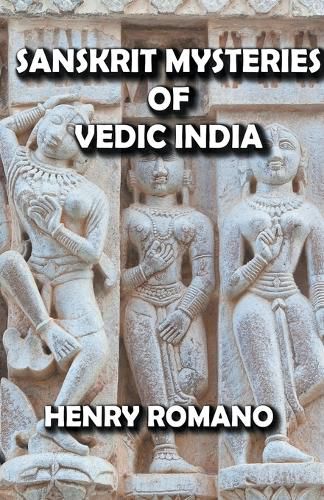Readings Newsletter
Become a Readings Member to make your shopping experience even easier.
Sign in or sign up for free!
You’re not far away from qualifying for FREE standard shipping within Australia
You’ve qualified for FREE standard shipping within Australia
The cart is loading…






This title is printed to order. This book may have been self-published. If so, we cannot guarantee the quality of the content. In the main most books will have gone through the editing process however some may not. We therefore suggest that you be aware of this before ordering this book. If in doubt check either the author or publisher’s details as we are unable to accept any returns unless they are faulty. Please contact us if you have any questions.
Located in the city of Dwaraka, on the west coast of India in Gujarat, is the famous temple of Dwarakadhish, which is dedicated to Lord Krishna, the Lord of Dwaraka. Among the seven holy cities of India, it is considered to be one of the most sacred. Another list includes Ayodhya, Mathura, Haridwar, Varanasi, Kanchipuram, and Ujjain. It is believed that the original temple of Dwarakadhish was built by the great-grandson of Krishna, Vajranabha, on the ruins of Krishna’s own palace, which survived the tsunami intact.
The ancient, famed city of Dwaraka did exist during the Krishnavatara’s reign some five thousand years ago. It is no longer visible since it lies at the bottom of the ocean. The poets, writers, saints, and sages of ancient India have all praised the majesty and beauty of Dwaraka. Several Hindu texts, including the Srimad Bhagavatam, the Skanda Purana, the Vishnu Purana, Harivamsha, and the Mahabharata, refer to it as the Golden City. . A verse in the Bhagavatam says: The golden fort of Dwaraka City had its yellow glitter all around it, as if the flames of Vadavagni (the fire of eternity) had come out and tore the sea asunder.
It was a thriving port and had a harbor on an island nearby. Dwaraka must have been the largest port on the Indian coast during the third millennium BC according to the number, size, and variety of stone anchors. Some fifty stone anchors are visible, but hundreds have been buried in the sediment. It is probably because of this that the city received its name. Dwaraka, which means gate in Sanskrit, was perhaps the gate that enabled ancient civilizations to access the ports.
Cities of the West used seafaring to enter India’s vast subcontinent. Ka in Sanskrit also means Brahma, so perhaps it was devoted to Brahma, the creator of the Hindu trinity.
$9.00 standard shipping within Australia
FREE standard shipping within Australia for orders over $100.00
Express & International shipping calculated at checkout
This title is printed to order. This book may have been self-published. If so, we cannot guarantee the quality of the content. In the main most books will have gone through the editing process however some may not. We therefore suggest that you be aware of this before ordering this book. If in doubt check either the author or publisher’s details as we are unable to accept any returns unless they are faulty. Please contact us if you have any questions.
Located in the city of Dwaraka, on the west coast of India in Gujarat, is the famous temple of Dwarakadhish, which is dedicated to Lord Krishna, the Lord of Dwaraka. Among the seven holy cities of India, it is considered to be one of the most sacred. Another list includes Ayodhya, Mathura, Haridwar, Varanasi, Kanchipuram, and Ujjain. It is believed that the original temple of Dwarakadhish was built by the great-grandson of Krishna, Vajranabha, on the ruins of Krishna’s own palace, which survived the tsunami intact.
The ancient, famed city of Dwaraka did exist during the Krishnavatara’s reign some five thousand years ago. It is no longer visible since it lies at the bottom of the ocean. The poets, writers, saints, and sages of ancient India have all praised the majesty and beauty of Dwaraka. Several Hindu texts, including the Srimad Bhagavatam, the Skanda Purana, the Vishnu Purana, Harivamsha, and the Mahabharata, refer to it as the Golden City. . A verse in the Bhagavatam says: The golden fort of Dwaraka City had its yellow glitter all around it, as if the flames of Vadavagni (the fire of eternity) had come out and tore the sea asunder.
It was a thriving port and had a harbor on an island nearby. Dwaraka must have been the largest port on the Indian coast during the third millennium BC according to the number, size, and variety of stone anchors. Some fifty stone anchors are visible, but hundreds have been buried in the sediment. It is probably because of this that the city received its name. Dwaraka, which means gate in Sanskrit, was perhaps the gate that enabled ancient civilizations to access the ports.
Cities of the West used seafaring to enter India’s vast subcontinent. Ka in Sanskrit also means Brahma, so perhaps it was devoted to Brahma, the creator of the Hindu trinity.